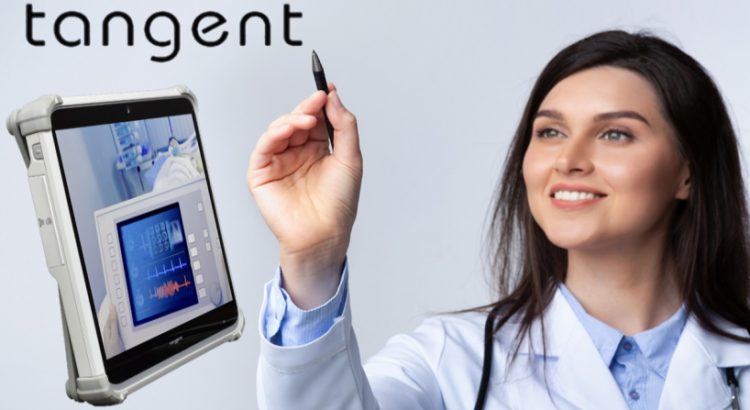Near the beginning of this pandemic, bold actions by the federal government, health insurance companies, and hospitals led to loosening restrictions and greater access to telehealth services. What transpired was a new telehealth ecosystem that saw dramatic increases in the use of medical computers by doctors to have virtual appointments with patients. The rise in […]
Category: Emergency Room
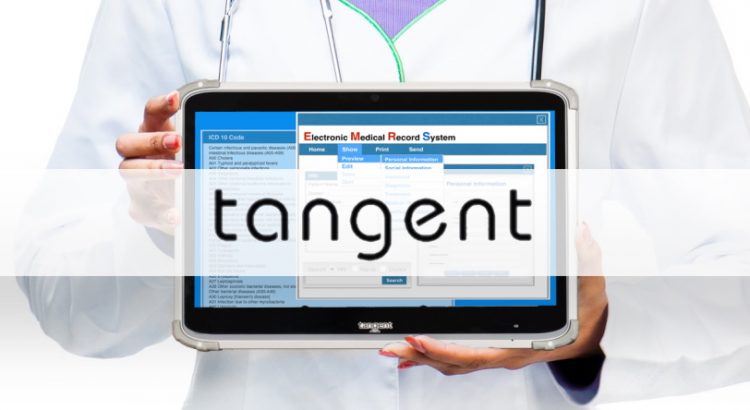
Medical Grade Computers Built For Quality Care Telemedicine
Telehealth has become a lifeline for doctors and patients seeking to establish some sense of normality during these trying times. While telehealth has been around long before the pandemic began, it’s use has skyrocketed. According to GlobalData, 79% of medical specialists said they were now using telemedicine in their hospital setting, setting a trend of […]

Good Sitting Posture At Your Medical Computer
As the pandemic continues on, your doctors are no doubt making more use of their medical computers for telehealth purposes. Loosening restrictions by the federal government have made implementing telehealth solutions in the hospital easier and safer than ever. But as a consequence of this, doctors are spending more time sitting down at their medical […]
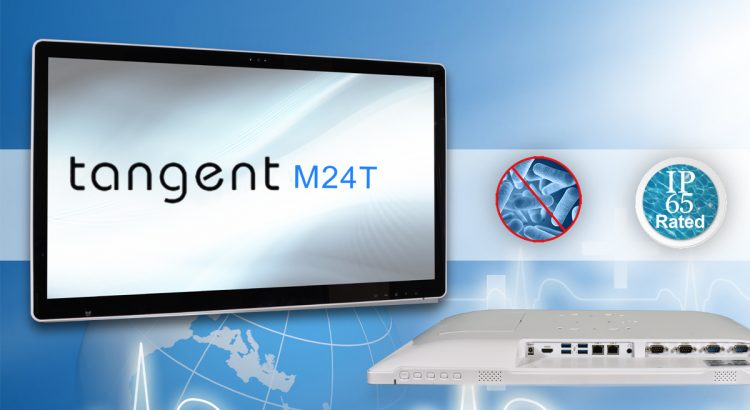
How Can Hospitals Combat Hackers During This Pandemic?
Each and every day, hackers try their best to take down cybersecurity systems around the world, and those of hospitals are no exception. The New York Times has reported that Russian hackers have attempted to steal information on possible vaccines from the U.S. last week. In addition, over 140 high profile figures had their twitter […]
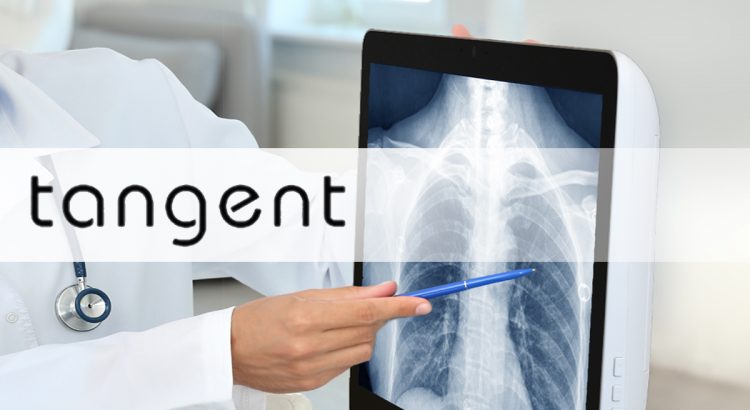
3 Ways Remote Monitoring Can Help Your Hospital
As new case numbers continue to set records daily, hospitals must rethink the ways in which they see patients. Telehealth has been an indispensable tool during this pandemic to keep both doctors and patients safe, but it is only one part of the solution. With the addition of remote monitoring on medical grade computers, hospitals […]
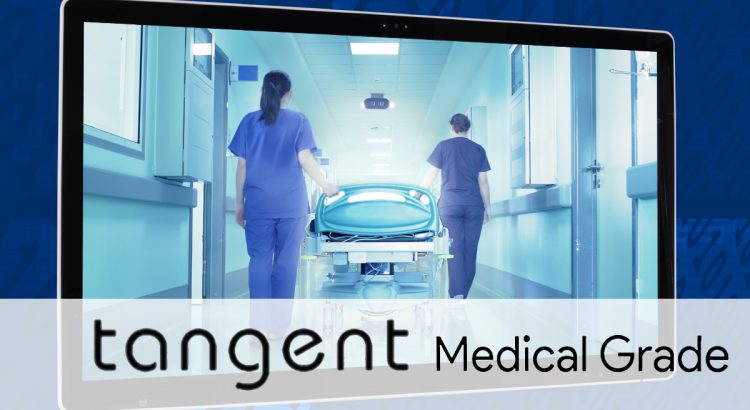
What Is Remote Monitoring On Medical Computers?
There is a lot of talk about telehealth these days, and while it has been a vital tool during this pandemic, there have been other medical computer-based solutions that have been overlooked. One such solution is remote monitoring via medical computers, which can help hospitals continue to treat patients without putting them in harm’s way. […]
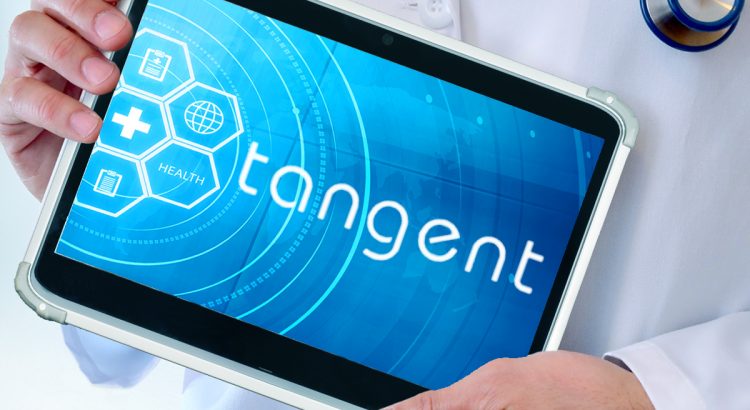
Medical Tablets For Hospital Safety
While phased reopenings in various states continue, the trend of infection cases is only increasing. While this is worrisome on its own, the impact this can have on our healthcare system is not to be underestimated. Keeping patients safe is the priority of every hospital, and in these times this priority is all the more […]

Medical All-In-One Computers For Healthcare
New advancements in medical grade technology are made every day, and Tangent is at the forefront of medical grade computer development. As the role of digital information like Electronic Medical Records (EMR)s and Electronic Health Records (EHR)s in healthcare continues to increase, having the fastest possible access to this information will be vital in providing […]
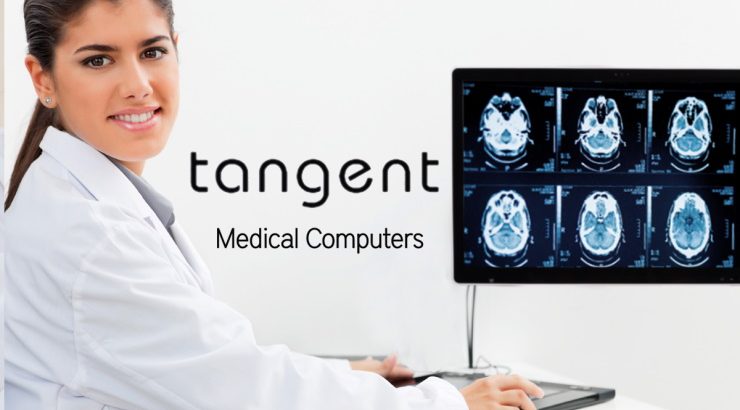
Reducing Hospital Readmission Rates
As hospitals around the country reopen to elective procedures, unresolved challenges must once again be grappled with. One of these challenges is the reduction of hospital readmission rates. Hospital readmission refers to the readmission of a patient less than 30 days after a procedure, normally due to complications. According to the American Institute of Research, […]
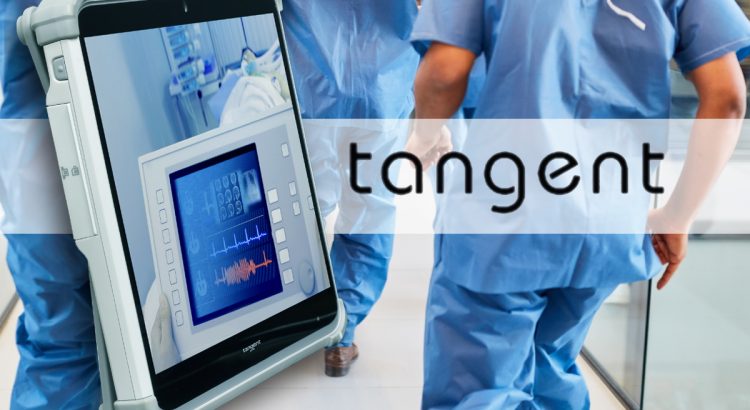
Medical All-In-One PCs For Full Hospital Use
With the country on the path towards reopening, hospitals have begun transitioning their facilities to accommodate regular appointments and patients. But will patients be willing to return to hospitals during this crisis? More patients than ever are seeing their doctors remotely via telemedicine technologies such as Medical All-In-One PCs. In addition, more Americans than ever […]
